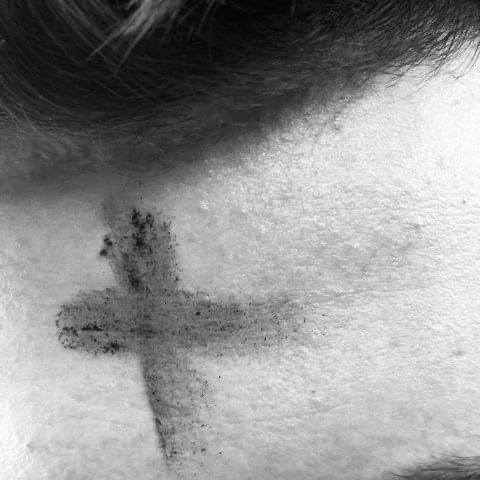Foreheads and Thumbnails
According to Energy Education, Ash is the solid, somewhat powdery substance that is left over after any fuel undergoes combustion. Depending on what is burned, ash can consist of different chemical components. However, the main chemical component of ash is carbon, with varying amounts of other elements including calcium, magnesium, potassium, and phosphorus - all of which were not burned when the fuel was used.
Ash is the remnant left after the fire has burned out. It holds the stuff of life: carbon. It reminds us of the blessing and the curse: remember you are dust, and to dust you shall return. Tomorrow, as the church enters into the sacred rhythms of lent, what remains of life is placed gently upon foreheads, (and caked under thumb nails) as a sign of hope.
Figuratively speaking, we have already been in the season of Lent for some time - living around and with the ashes. We pray for strength, peace, resilience, courage and hope for those who live amidst the ashes in Ukraine. We pray for those who fled the ashes in Afghanistan and throughout the world. We yet live amidst the ashes of pandemic, wildfire, tornado. We see the fires of racism, homophobia, sexism, ableism, and violence of all kinds brightly burning.
These ashes mark our mortality but also call us to make the most of our dust: when all else is burned away, life remains. In Christ, there is always more after the fire has burned out. Dear church, this Lent may you feel your own resurrection, already yours, in ways as tangible as the ashes you will soon receive - granting courage and peace for the fire and hope for the future: remember you are risen, and to Christ you shall return.
Rev. Jenn Pockat
Associate to the Bishop
Director for Communication and Community
Ashen cross marks the forehead of a person.


